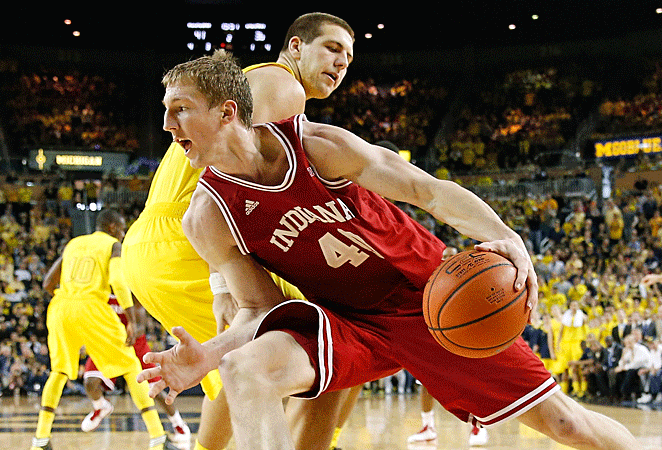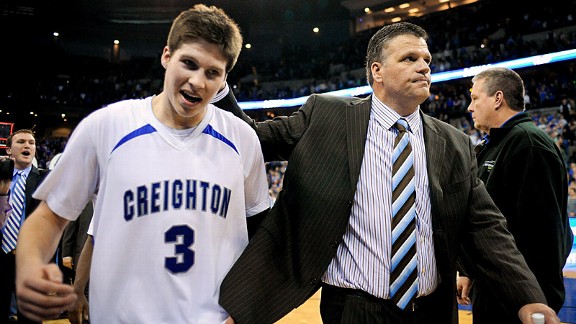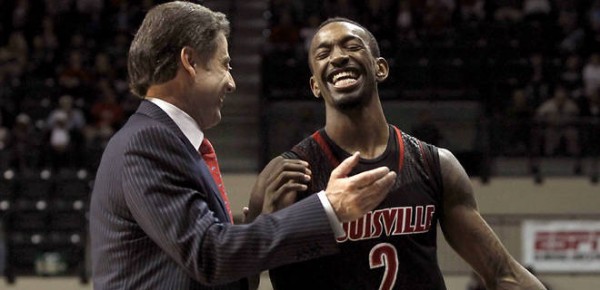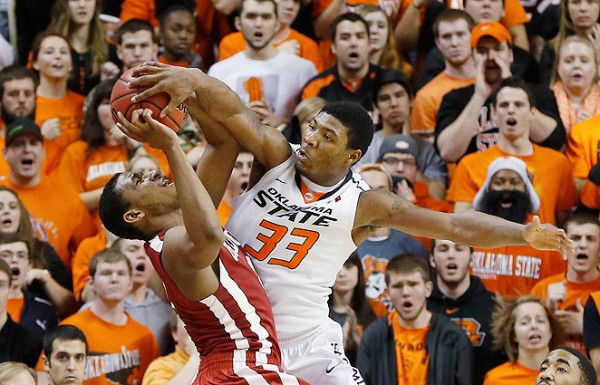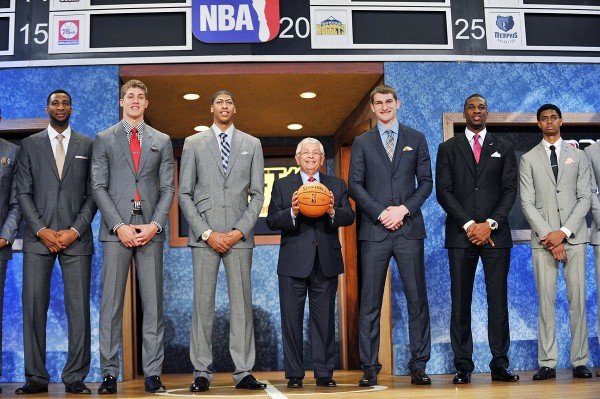RTC NBA Draft Profiles: Cody Zeller
Posted by BHayes on June 24th, 2013The NBA Draft is scheduled for Thursday, June 27, in Brooklyn. As we have done for the last several years, RTC will provide comprehensive breakdowns of a number of the top collegians most likely to hear his name called by David Stern in the first round on draft night. We’ll generally work backwards and work our way up into the lottery as June progresses. As an added bonus, we’ll also bring you a scouting take from NBADraft.net’s Aran Smith at the bottom of each player evaluation. This post was contributed by RTC’s Bennet Hayes. He can be found on Twitter @HoopsTraveler.
Player Name: Cody Zeller
School: Indiana
Height/Weight: 7’0”/230 lbs.
NBA Position: Power Forward/Center
Projected Draft Range: Lottery
Overview: Cody Zeller’s draft stock took a pretty solid beating in February and March, but a head-turning performance at the combine has him rising up draft boards again. Zeller is the perfect example of a player who so many once considered overrated that he has now become underrated. IU’s big man was a presumptive top-five pick if he had entered the draft a year ago, but opted to return for another year of college. He hoped his sophomore year would see his draft stock improve and his team flourish, but despite posting season averages of 16.5 PPG and 8.1 RPG, the latter came to fruition without the former. Teammate Victor Oladipo would become the real beneficiary of the Indiana revival, as the Hoosiers’ 29-win season launched Oladipo from the second round bubble into the top five. Zeller was not so fortunate. A real candidate to be the top pick in the draft back before the season, Zeller rarely dominated (his supporters would tell you he never needed to for IU to be successful) and often looked overwhelmed when playing deep in the post. In what would prove to be his final collegiate game against Syracuse in the Sweet Sixteen, Zeller’s performance was a microcosm of the growing concerns scouts have had about him, as he looked very timid down low in a 3-of-11 shooting outing against the Orange’s long, NBA-esque front line. The days after the IU tournament exit marked the nadir of Zeller’s draft stock, but the combine and interviews have helped his stock rebound immensely. He will not be the top pick in this draft, and likely won’t fall within the top five – a different reality than he expected to find here a year ago, but Cody Zeller enters the draft with good momentum and a real ability to immediately help whichever franchise selects him.
Will Translate to the NBA: Let’s take Zeller’s primary strength a step further than “NBA-ready” – he very well could enter the league and immediately be the fastest end-to-end big man in the league. That top spot can surely be debated, but the point is that most NBA post players will find keeping up with Zeller in the fullcourt to be quite a chore. Zeller’s end-to-end speed is truly elite and we have known this for awhile, but the extent of his athletic ability came to light at the combine. Nobody benefited more from the combine than Miami’s Shane Larkin and Zeller, with the former Indiana star testing out like a guard in Chicago. His vertical leap was 37.5”, and both his ¾ and lane agility times beat out most wings and a number of guards. That explosiveness wasn’t always on display in college, and Zeller will definitely need to continue to learn how to best apply it on the court, but the physical tools are clearly there. Furthermore, Zeller is a high-character guy who has shown a willingness to get better, so consider him NBA-ready from a personal maturity standpoint as well.






























